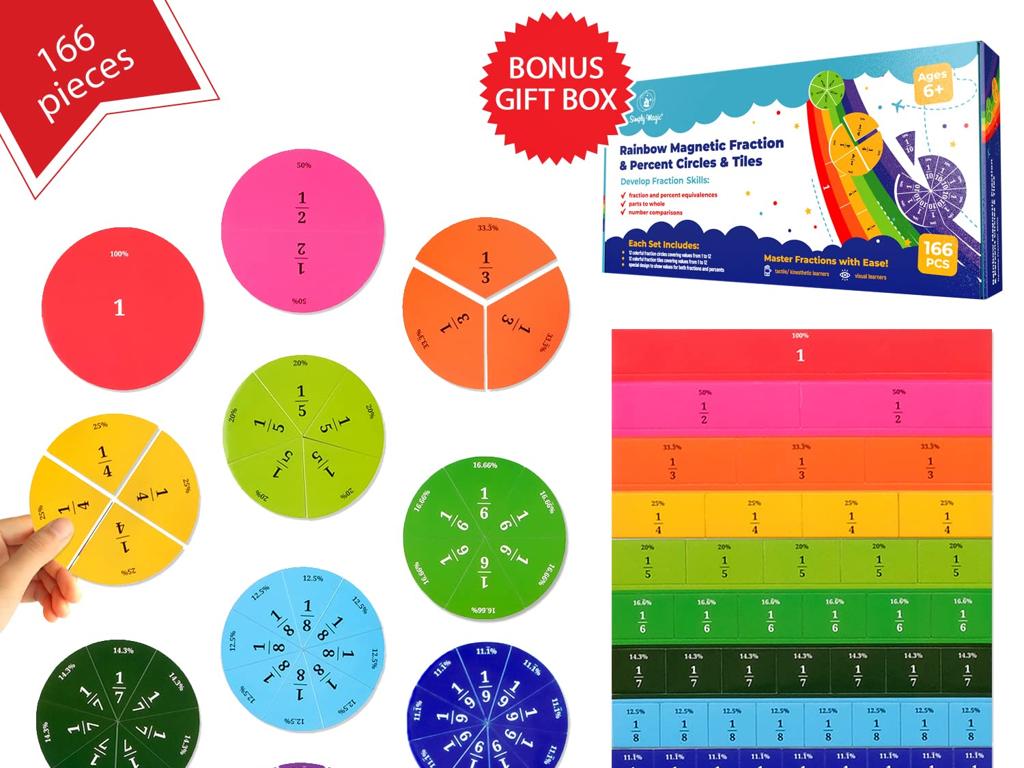What Causes The Seasons On Earth?
Subject: Science
Grade: Sixth grade
Topic: Astronomy
Please LOG IN to download the presentation. Access is available to registered users only.
View More Content
What Causes the Seasons on Earth?
– Earth’s tilt affects sunlight
– Earth is tilted at about 23.5°, affecting direct sunlight
– Orbit around the sun creates seasons
– Earth’s year-long orbit means different parts receive more sunlight at times
– Varying daylight during the year
– Longer days in summer, shorter in winter due to Earth’s tilt
– Seasonal weather patterns
– Temperature and climate changes due to angle of sunlight
|
This slide introduces the concept of Earth’s axial tilt and its orbit around the sun as the primary reasons for the changing seasons. Emphasize that the tilt of the Earth means different parts of the planet receive varying amounts of sunlight throughout the year, which leads to the seasons. Explain that during the orbit, when the Northern Hemisphere is tilted towards the sun, it experiences summer, while the Southern Hemisphere has winter, and vice versa. Discuss how the amount of daylight changes with the seasons, leading to longer days in summer and shorter days in winter. Finally, touch on how these factors contribute to the seasonal weather patterns we experience, such as warmer temperatures in the summer and colder in the winter. Encourage students to think about how the seasons affect their daily lives and the environment.
Our Planet Earth: Seasons Explained
– Earth: Our home in space
– Earth’s spin and yearly journey
– Earth rotates daily and orbits the sun annually.
– Earth’s tilt and its effects
– The axis is tilted at about 23.5 degrees.
– How tilt and orbit create seasons
– This tilt leads to varying sunlight intensity, causing seasons.
|
This slide introduces students to the basic concepts necessary to understand the causes of seasons on Earth. Begin with some quick facts about Earth to engage students and provide context. Explain that Earth rotates on its axis every 24 hours, leading to day and night, and revolves around the sun once every year. Introduce Earth’s axial tilt, which is responsible for the changing seasons. Emphasize that the tilt of Earth’s axis remains constant as it orbits the sun, resulting in different parts of the Earth receiving varying amounts of sunlight throughout the year. This variation in sunlight intensity and duration is what causes the seasons. Use diagrams to illustrate Earth’s rotation, revolution, and tilt. Encourage students to visualize how these movements relate to the seasonal changes they experience.
The Sun’s Role in Earth’s Seasons
– The Sun: Earth’s Illuminator
– Our star, the Sun, is the primary source of Earth’s light and heat.
– Sunlight’s Journey to Earth
– Sunlight travels 93 million miles to warm our planet.
– Sunlight: Essential for Life
– Sunlight drives photosynthesis, supporting life.
– Seasons and Sunlight
– Earth’s tilt and orbit lead to varying sunlight, creating seasons.
|
This slide introduces the Sun’s fundamental role in creating seasons on Earth. Begin by discussing the Sun as our star and the primary source of light and heat for our planet. Explain how sunlight travels across the vastness of space to reach Earth, and how this energy is crucial for life, driving processes like photosynthesis. Highlight how the tilt of Earth’s axis and its orbit around the Sun result in varying intensities and durations of sunlight on different parts of the planet, which leads to the changing seasons. Use diagrams to illustrate Earth’s tilt and orbit, and encourage students to think about how the angle of sunlight affects temperature and weather patterns.
Earth’s Tilt and Seasons
– Earth’s axial tilt explained
– Earth tilts at about 23.5°, affecting sunlight’s angle
– Sunlight distribution by tilt
– Tilt leads to uneven heating, more direct sunlight in summer, less in winter
– Earth’s tilt causes seasons
– Tilt’s angle changes sunlight’s intensity over the year, creating seasons
– Exploring seasons’ variations
– Seasons differ: summer is warmer, winter is colder due to the tilt’s effect on sunlight
|
This slide introduces the concept of Earth’s axial tilt and its crucial role in the changing seasons. The Earth is tilted at an angle of approximately 23.5 degrees, which affects how sunlight is distributed across the planet. As the Earth orbits the sun, this tilt causes different areas to receive varying amounts of sunlight at different times of the year, leading to the seasons we experience. During summer, the hemisphere tilted towards the sun gets more direct sunlight and warmer temperatures. In contrast, during winter, the same hemisphere is tilted away, receiving less direct sunlight and colder temperatures. This slide will help students understand that the tilt of the Earth, not the distance from the sun, is what causes the seasons. Encourage students to think about how the changing seasons affect their daily lives and the environment around them.
Solstices and Equinoxes
– Define solstices and equinoxes
– Solstices and equinoxes are key points in Earth’s orbit marking season changes.
– Explore Summer and Winter Solstice
– Summer solstice is the longest day, winter solstice the shortest.
– Understand Spring and Autumn Equinox
– Equinoxes are when day and night are nearly equal in length.
– Significance in seasons
|
This slide introduces students to the concepts of solstices and equinoxes, which are astronomical events that have a significant impact on Earth’s seasons. Solstices occur when the Sun reaches its highest or lowest point in the sky at noon, marked by the longest and shortest days. The summer solstice results in the longest day of the year, typically June 21st, while the winter solstice, around December 21st, has the shortest day. Equinoxes, on the other hand, occur when the Sun is exactly above the Equator, resulting in nearly equal day and night; these occur around March 21st and September 21st. Understanding these events helps explain why we experience seasons and their varying lengths of daylight. Encourage students to think about how the changing daylight affects the environment and activities they can do in each season.
Seasons Around the World
– Seasons differ in hemispheres
– When it’s summer in the USA (North), it’s winter in Australia (South).
– Opposite seasons explained
– Earth’s tilted axis leads to opposite seasons in different hemispheres.
– Country-specific examples
– Brazil experiences summer in December, while Norway has winter.
– Understanding Earth’s tilt
|
This slide aims to explain the concept of seasons and how they differ between the Northern and Southern Hemispheres. Emphasize that the Earth’s tilt is responsible for this phenomenon, leading to opposite seasons in opposite hemispheres. Provide relatable examples by mentioning specific countries like the USA and Australia, as well as Brazil and Norway, to illustrate the contrast in seasons. Encourage students to think about how the seasons affect the environment and culture in these countries. This understanding is crucial for grasping the global impact of Earth’s axial tilt and its orbit around the Sun.
Hands-On Activity: Simulating Seasons
– Simulate Earth’s tilt and orbit
– Gather a lamp, globe, and markers
– Understand seasons with a model
– Tilt the globe as Earth tilts and orbit around the lamp to see how sunlight changes
– Observe and record findings
– Note how different angles of light cause seasons
|
This hands-on activity is designed to help students visualize and understand the reasons for the seasons on Earth. The lamp represents the Sun, the globe represents the Earth, and markers can be used to indicate different latitudes. As students tilt the globe at an angle and move it around the lamp, they will observe how the angle of sunlight changes at different positions, simulating the Earth’s orbit around the Sun over a year. Encourage students to record their observations on how the intensity and concentration of light vary, leading to different seasons. Discuss the concept of solstices and equinoxes. Possible activities include having students mark the equator and poles on the globe, simulating the tilt of the Earth at different points in its orbit, and observing the changes in light at different latitudes.
Class Activity: Create Your Own Seasons Calendar
– Understand solstices and equinoxes
– Mark them on your calendar
Solstices are the longest and shortest days, equinoxes are days with equal daylight and night.
– Identify the four seasons
Label spring, summer, fall, and winter starting points.
– Share your calendar with the class
Explain your calendar to classmates, discuss differences.
|
This activity is designed to help students understand the Earth’s tilt and orbit around the Sun, and how these contribute to the changing seasons. Provide each student with a blank calendar and markers. Explain the significance of solstices and equinoxes. Guide them to mark the winter solstice (shortest day), summer solstice (longest day), and the spring and fall equinoxes (equal day and night) on their calendars. Then, have them label the approximate dates for the start of each of the four seasons. Encourage creativity in how they represent different seasons. Once completed, students will share their calendars with the class, explaining their understanding of how Earth’s position relative to the Sun causes seasons. This will also be an opportunity for students to practice their presentation skills. Possible variations of the activity could include creating artwork for each season, researching and marking important cultural or historical events related to seasons, or comparing seasonal changes in different parts of the world.
Seasons on Earth: Recap and Quiz
– Recap: Earth’s seasons explained
– Earth’s tilt and orbit around the sun cause the seasons.
– Earth’s tilt and orbit significance
– The 23.5° tilt leads to varying sunlight angles and daylight lengths.
– Quick quiz on seasons
– Test your knowledge with a few questions.
|
This slide aims to consolidate the students’ understanding of the reasons behind the changing seasons. Emphasize that the tilt of Earth’s axis and its orbit around the sun are responsible for the seasonal changes. The tilt causes different parts of Earth to receive varying amounts of sunlight throughout the year, leading to the seasons. Conclude with a quick quiz to engage the students and reinforce the key concepts learned. The quiz can include questions like ‘What would happen if Earth wasn’t tilted?’ or ‘Which hemisphere experiences summer when the North Pole tilts towards the sun?’ This interactive recap helps ensure students grasp the material and can apply their knowledge.
Q&A: Understanding Earth’s Seasons
– Time for your questions!
– Clarify any confusing concepts
– Encourage curiosity in astronomy
– Why do we have seasons? What else do you wonder about Earth?
– Explore more about seasons
– What can we learn beyond what causes seasons?
|
This slide is designed to engage students in a question and answer session, allowing them to clarify any doubts about the causes of Earth’s seasons. It’s an opportunity to reinforce their understanding and encourage inquisitive thinking. Prompt students to ask questions they may have and discuss any aspect of the seasons they find confusing. Foster a classroom environment where curiosity is welcomed, and students feel comfortable to express their thoughts and seek further knowledge. Encourage them to think about related topics in astronomy that interest them, potentially leading to independent research or future lessons.





